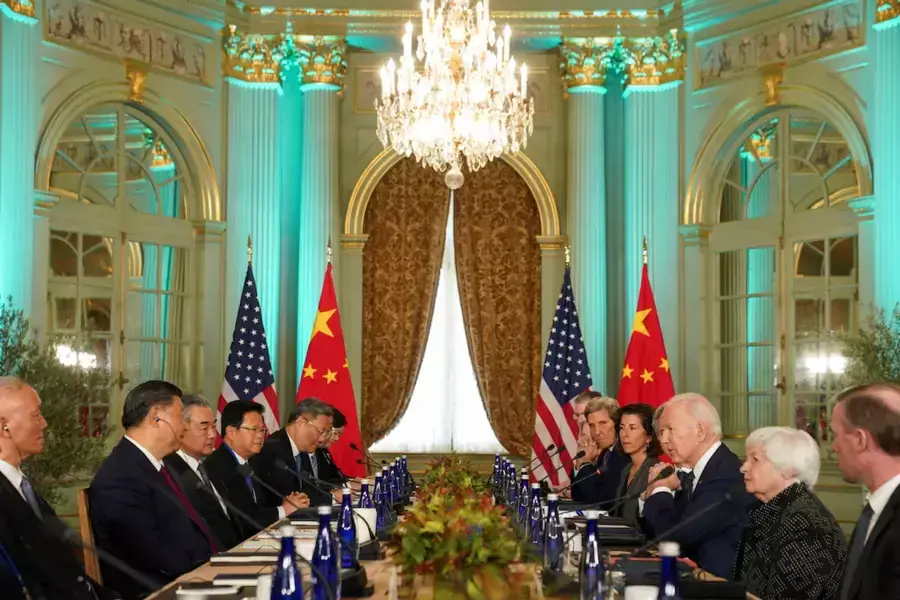On November 15th, US President Joe Biden and China’s Leader Xi Jinping engaged in bilateral talks in Woodside, California. Alongside international affairs like the Russo-Ukraine War and China’s ever-growing military presence in the Taiwanese Strait, the issue of climate change was broached by both parties. Unlike previous attempts to combat the climate crisis, the US and China were in tacit agreement that real action had to be taken.
“This is certainly a step in a different direction,” Seungwoo Oh (10), a MUN club member and frequent political satire columnist, said. “This is the first time this year that the two leaders met, and certainly the first time this decade that the world witnessed such productive diplomacy.”
The two leaders made it clear that international collaboration would be the essential catalyst behind climate change efforts. This summit built upon the November 2022 meeting in Bali where Biden and Xi Jinping vowed to ameliorate the relationship between the two nations through negotiation. Much like the previous meetings, the climate talk inevitably revolved around the sovereignty of Taiwan and the arms race, only raising concerns about the conflict of interest between the two nations. But even in the presence of this subtle dichotomy, leaders put their predispositions aside, abiding by their past commitments to facilitate candid and constructive
“It would definitely be an understatement if I said I was surprised,” Chengxuan Jin, a Hwagyo (someone with mainland Chinese nationality living in Korea), said. “It’s been a while since two nations with such opposing takes on the world were able to engage in a fruitful discussion.”
Shortly after the three-day conference, both parties agreed to further their discussions in San Francisco with an enduring focus on international climate diplomacy. Due to how smoothly the meeting went, the likelihood of further discussions and collaborations between the two countries seems highly probable. For the first time in ten years, the People’s Republic of China and the United States were able to look past their own political interests and work in tangent with each other, actively striving to address the overarching issue of climate change. With this summit, the two leaders not only bolstered their ties but also set a precedent for all climate conferences and their distinction from domestic affairs.


